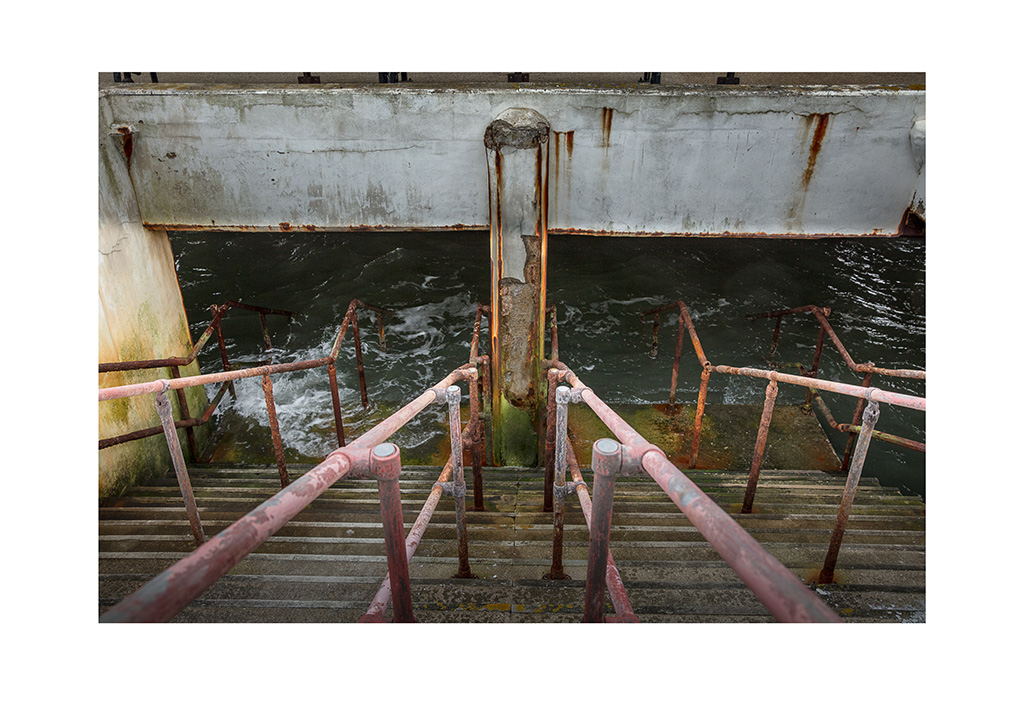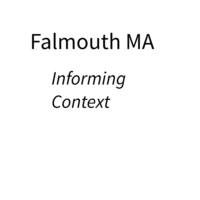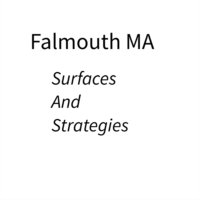For this week’s reflection I will look back on the following items:
- Amy Simmons Presentation
- Portfolio Refresh – Activity
- PhotoLondon Simon Frederick Talk
- Filter House Follow-on Meeting
- Southend Pier Shoot
- Draft WIP Portfolio Review
Looking back at the week you get a strong feeling of undertaking a commercial job involves many different people and is not just a photographer taking pictures.
Amy Simmons walked us through the different roles steps that are involved in commissioning and executing a commercial photographic assignment. Understanding the different roles is important if I wish take my practice into the commercial photographic arena. Having create a strong portfolio is walking that workaround the art buyers and art producers who are an entry point for photographers. This was something Simon Frederick discussed during his PhotoLondon Talk and the fact if you want to get into the commercial arena it is important to differentiate yourself from other photographers if you want to get on to the short list of art buyers. Though the London advertising market is large but there are many strong photographers competing for work, therefore it might be better build relationships with art buyers in smaller markets to establish a relationship and add commercial work to my portfolio.
Since 2007 I have owned the domain name simonfremont.com which I have used as a platform for sharing some of my photographic work. At the start of this module I started to refresh the site in terms of design and layout as the site has not undergone any major changes for 3 years as the site is the permanent online present for my practice. When making decision decisions I looked at the website of contemporary photographers (discussed in more detail in a CRJ.)
Once you have been awarded a commission the work starts as you need to manage the different people who might be on set. I have developed a workflow where I can tether my camera and share the images via a local wireless network and tablets which minimises the number of people that need to be on set. It means that in a world of tight budgets help keep the budget by allowing art directors and clients to review the images remotely but still provide timely feedback to ensure the required images are delivered to meet the brief.
Simon Frederick shared his 3 H’s formula for successful execution of a brief which I will look to incorporate into my own photographic workflow.
Following up on the advice of Mark Power to follow the Filter House story to the next phase through contacts and Chelmsford Museum I arranged a meeting with the people behind the redevelopment of the Filter House that represent the Boat Trust and Sea Scouts. I decided to take a portfolio of images to show them the type of work I had already produced around the Filter House to help make an impact I decided to take a set of A2 prints in an A2 portfolio folder. I explained the concept behind the images and they were really impressed with the quality of the imagery created as they had only been able to see the building in its bordered up state.
Based on the advice of Mark Power I asked if I could be granted exclusive access to record the redevelopment of the site and in return I will provide them with a set of images that they can use for sharing with partner organisations who will help fund the redevelopment. They walked me through their plans for the building which include an exhibition space which hopefully will provide a permanent home for some of my Filter House images as they want to retain as many of the original features in the building as possible. This could lead to a potential further collaboration on management of the art exhibition space.
The unexpected outcome of the conversation was two offers: First to get access to a Steam Tug which is moored at Maldon Quay and is currently undergoing restoration and secondly being given access to the Chelmsford Sea Scouts photographic archive which could provide me with a new photographic project as the archive dates back over multiple decades.
During the week I made a second visit to Southend-on-Sea Pier to shoot additional images for this module’s WIP creating my first set of rubbing images for the pier. This week I was still undecided on the title for the WIP portfolio but an image I shot of the steps at the end of the pier provided me with the missing element that allowed me to settle on the title “Piers – Points of Departure” the image below felt like a resolved point of departure.

During this week’s webinar we discussed our draft WIP portfolios. I decided to create a draft portfolio from my picks from the different Pier shoots. My draft portfolio was 25 images and included images from the different themes I had explored during the the different visits: The pier from a promenaders point of view; The superstructure of the pier from below the pier, health of the planks that make up the pier, signifiers of people that used to visit the pier and rubbings from the pier decks. The feedback was positive and helped me refine themes that would inform the final portfolio for the module.



